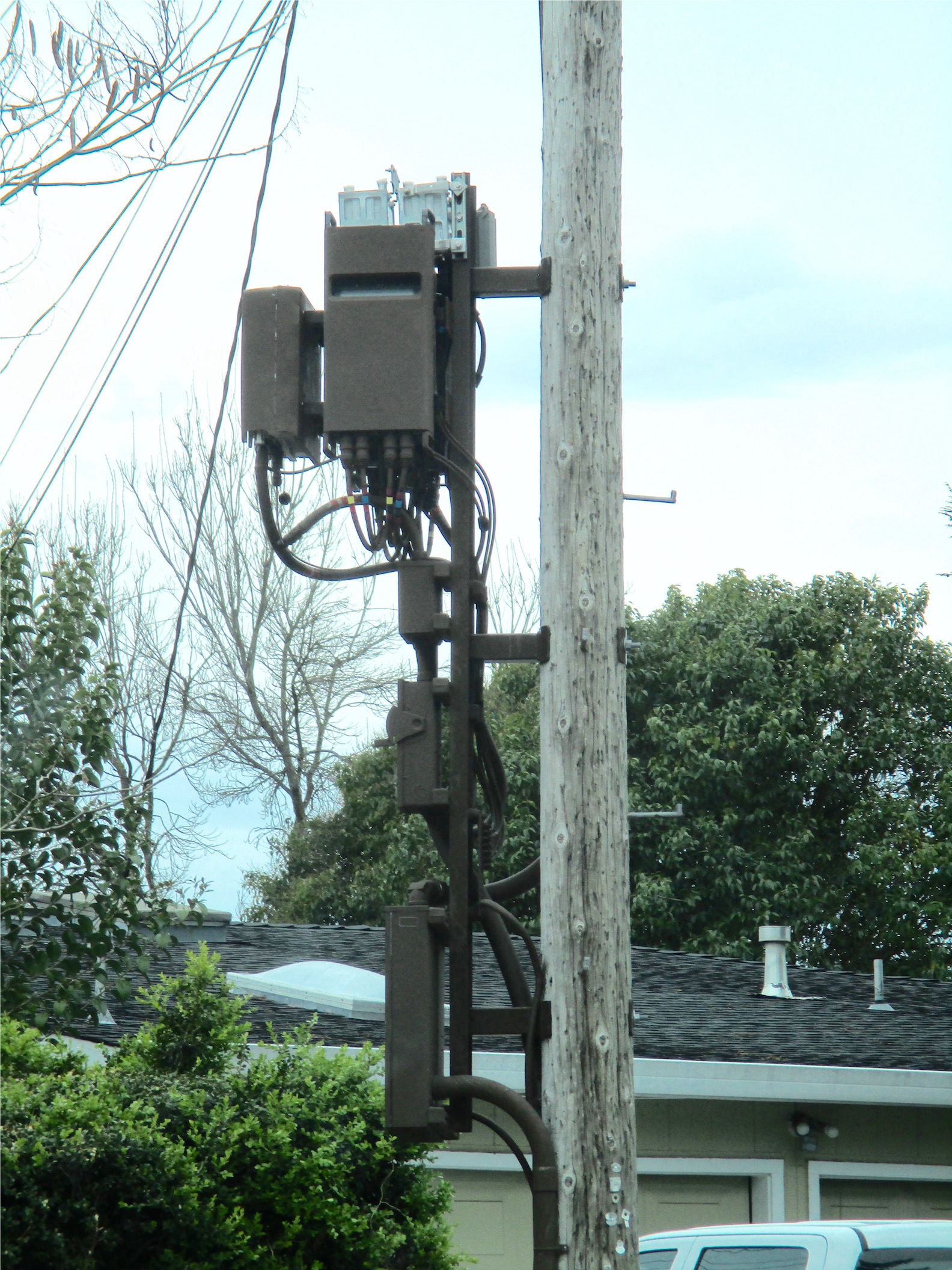If you've ever walked through a city, you may have seen tiny cell towers for 5G on the poles of street lights. They look like small boxes, but they're actually broadcasting wireless signals from mobile providers to your mobile.
The smaller ones are being replaced by larger, purpose-built cell towers. While they're less noticeable however, they could cause problems for people.
Additional reading determine the safe limit at which one can expose to electromagnetic radiation from wireless devices. The limits for exposure are based on research that prove that electromagnetic energy could cause harm to health.
The specific absorption rate (SAR) is an indicator of the radiofrequency energy absorption by tissues. It's typically 1.6 watts per kilogram, spread over a Gram of tissue.
But, since 5g operates at higher frequencies and has the potential to cause greater energy intensity on the skin and other exposed body areas. This could result in many potential harms, including exacerbated development of skin diseases like dermatitis, cataracts and skin cancer.
Due to the possible harmful effects of radiation from 5G, PSU has chosen to create a general limits on power density, which is 4mW/cm2 measured across 1 centimeter, and not to exceed 30 minutes, for the entire 5G spectrum at 3000 GHz. This localized limit is consistent with the highest SAR that is spatially averaged at 1.6 W/kg, averaged over one grams of tissues at six GHz.
The FCC's Maximum Exposure Thresholds for Maximum Exposure
If you've ever used a mobile phone, you probably know that a safe location from the tower should be at least 400 meters. Additional reading is due to the power of transmission from cell towers increases drastically the farther the tower is.
While it sounds like a good idea, the reality is that people who live close to towers could be more susceptible to health issues. For instance, a 2014 study in India discovered that people who lived within 50m of cell towers experienced significant more health issues than those who were far from antennas.
However, this study also revealed that those who relocated to areas further away from cell towers noticed their symptoms return to normal within a couple of days. Studies have also demonstrated that exposure to extreme amounts of electromagnetic field radiofrequency (EMFs) can lead to brain tumors, cancer as well as other health issues.
This is because RF radiation, used for wireless communication, has the ability to be absorbed by the body's outer layer of skin. It is vital to be aware of this because the skin acts as a barrier to protect against mechanical injury, infection by pathogenic microorganisms, and entry of toxic substances. Additionally, it is the largest organ in the human body and is accountable for maintaining the integrity of other organs.
The FCC's Minimum Exposure Thresholds

The FCC's Minimum Exposure Thresholds are based on numerous assumptions that are not supported by scientific research. These include the erroneous assumption that exposures to RF radiation are safe because of the minimal absorption into body (i.e., tissue heating).
This assumption does not take into account the more extensive penetration of ELF parts of modulated RF signals and the consequences of short bursts of heat generated by RF waves that are pulsed. These theories are not compatible with current knowledge of the biological consequences of RF radiation. Therefore they should not be relied upon for health-protection exposure guidelines.
Furthermore there is the fact that both ICNIRP and FCC restrict their maximum limit of exposure to the local SARs based on the maximum spatial specific absorption rate (psSAR) which is not a reliable dosimetric instrument to determine the degree of radiation exposure. Particularly it is inconclusive for frequencies that exceed 6 GHz. Additionally, psSAR hasn't been evaluated for RF radiation exposed to other environmental agents such as sunlight. what is a safe distance from a 5g cell tower of RF radiations with different environmental agents could produce synergistic or antagonistic impacts. This would result in the risk of having adverse health adverse effects. For example, co-exposure to RF radiation and sunlight could increase the risk of developing skin cancer and exacerbate other skin disorders, such as acne.
